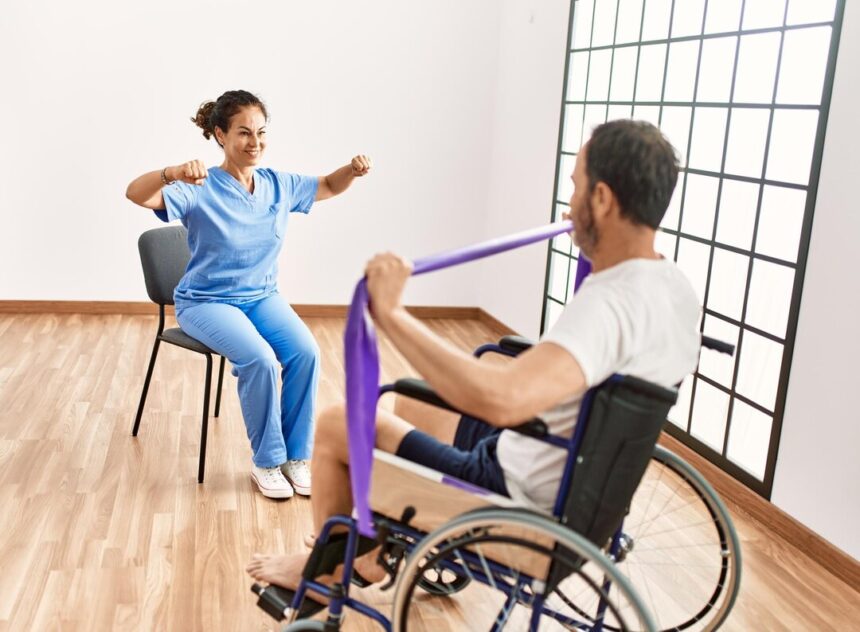A stroke can be a life-altering event, impacting physical, cognitive, and emotional well-being. However, with proactive management strategies and rehabilitation efforts, individuals can optimize recovery, regain independence, and enhance their quality of life. Here are ten effective ways to manage stroke and promote healing and rehabilitation:
1. Embrace Rehabilitation Therapy:
Engage in rehabilitation therapy tailored to your specific needs and goals. Physical therapy focuses on improving mobility, strength, and coordination, while occupational therapy helps relearn daily tasks and activities. Speech therapy assists in recovering communication skills and swallowing abilities.
2. Follow Medication Regimens:
Adhere to prescribed medication regimens as directed by your healthcare provider. Medications such as antiplatelets, anticoagulants, blood pressure-lowering drugs, and cholesterol-lowering agents are commonly used to manage stroke risk factors and prevent recurrent strokes.
3. Monitor Blood Pressure:
Monitor blood pressure regularly and work with your healthcare team to maintain optimal levels. Hypertension is a significant risk factor for stroke, and controlling blood pressure can help prevent future events and promote vascular health.
4. Adopt a Heart-Healthy Diet:
Embrace a diet rich in fruits, vegetables, whole grains, lean proteins, and healthy fats to support heart health and overall well-being. Limit sodium, saturated fats, trans fats, and added sugars, which can contribute to hypertension, high cholesterol, and obesity.
5. Engage in Physical Activity:
Participate in regular physical activity as recommended by your healthcare provider. Exercise helps improve cardiovascular fitness, muscle strength, balance, and coordination, facilitating recovery and reducing the risk of secondary complications.
6. Quit Smoking:
If you smoke, seek support and resources to quit smoking immediately. Smoking increases the risk of stroke and hinders recovery by damaging blood vessels and impairing oxygen delivery to tissues. Quitting smoking is essential for stroke prevention and rehabilitation.
7. Manage Diabetes:
If you have diabetes, closely monitor blood sugar levels and follow a diabetes management plan outlined by your healthcare provider. Proper diabetes management is crucial for preventing vascular complications and promoting overall health and well-being.
8. Address Emotional Health:
Stroke survivors may experience a range of emotions, including depression, anxiety, frustration, and grief. Seek support from mental health professionals, support groups, and loved ones to address emotional challenges and cultivate resilience during the recovery process.
9. Practice Cognitive Rehabilitation:
Engage in cognitive rehabilitation activities to address cognitive deficits resulting from stroke, such as memory loss, attention difficulties, and executive function impairments. Cognitive exercises, memory aids, and structured rehabilitation programs can help improve cognitive function and independence.
10. Build a Support Network:
Surround yourself with a supportive network of family, friends, caregivers, and healthcare professionals who can provide encouragement, assistance, and guidance throughout the recovery journey. Openly communicate your needs and collaborate with your support team to achieve your recovery goals.
Managing stroke requires a holistic approach that addresses physical, cognitive, emotional, and social aspects of well-being. By embracing rehabilitation, adhering to medical recommendations, adopting a healthy lifestyle, and seeking support, individuals can effectively manage stroke, promote recovery, and enhance their quality of life. Remember, every step forward, no matter how small, is a victory on the path to recovery.










